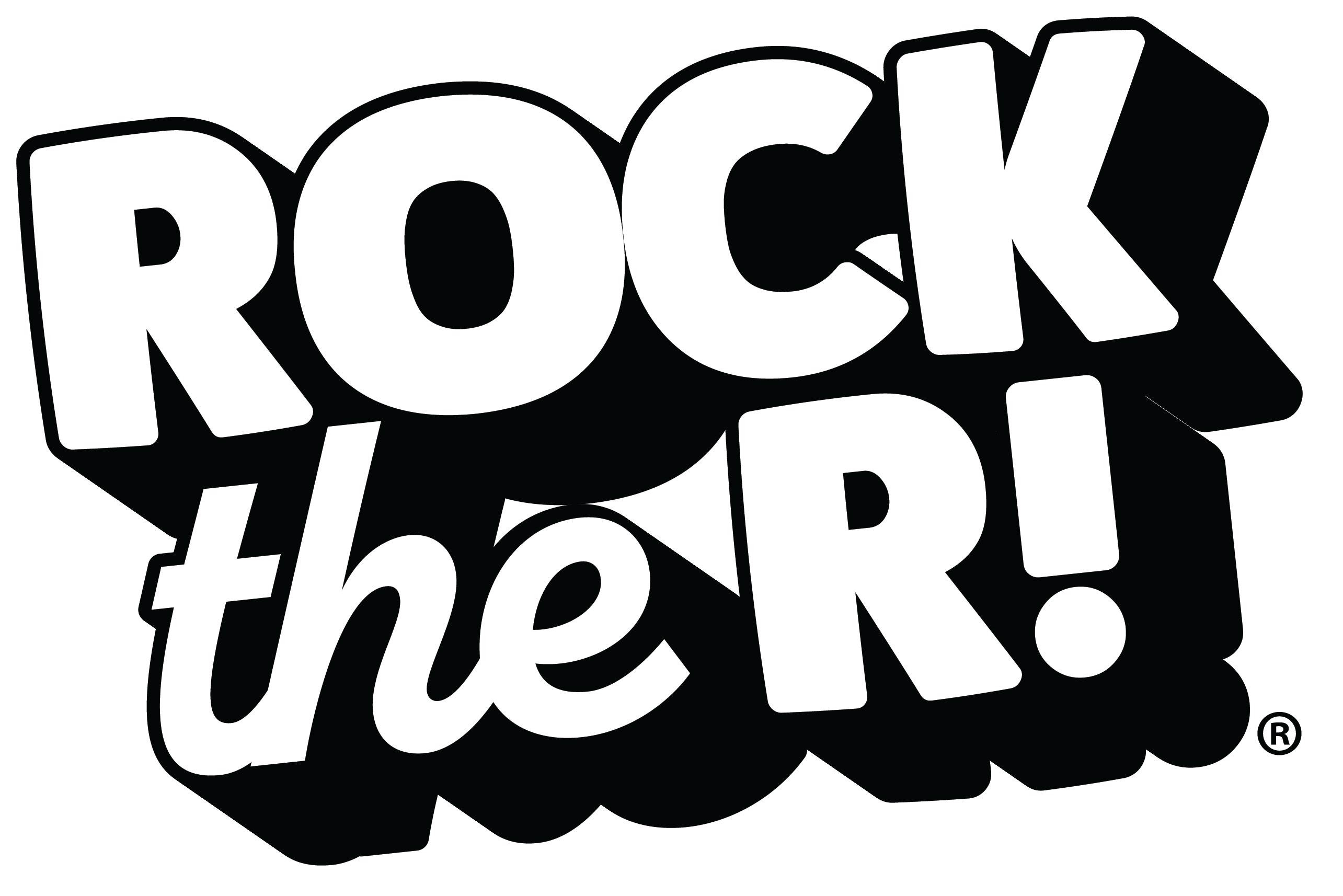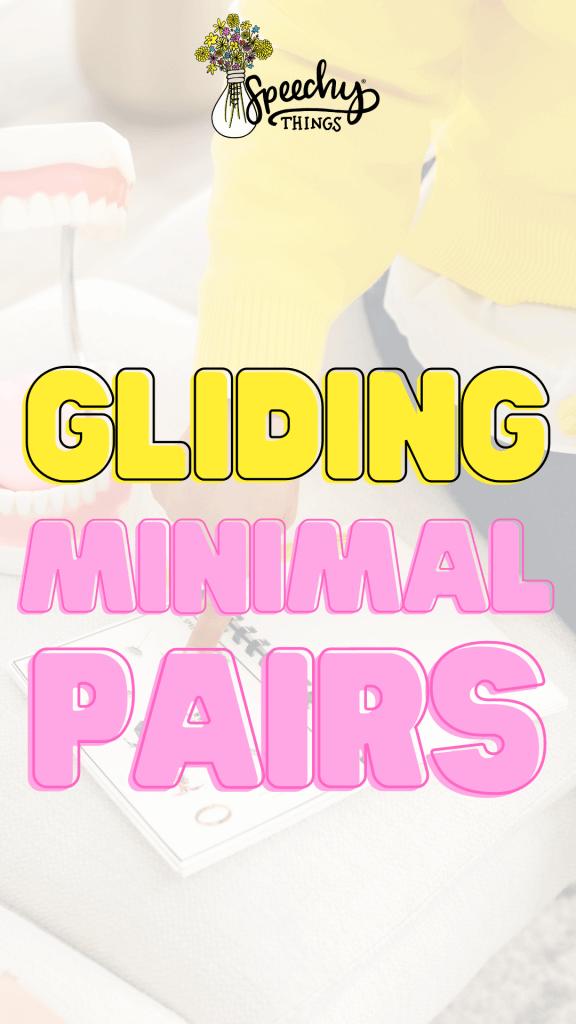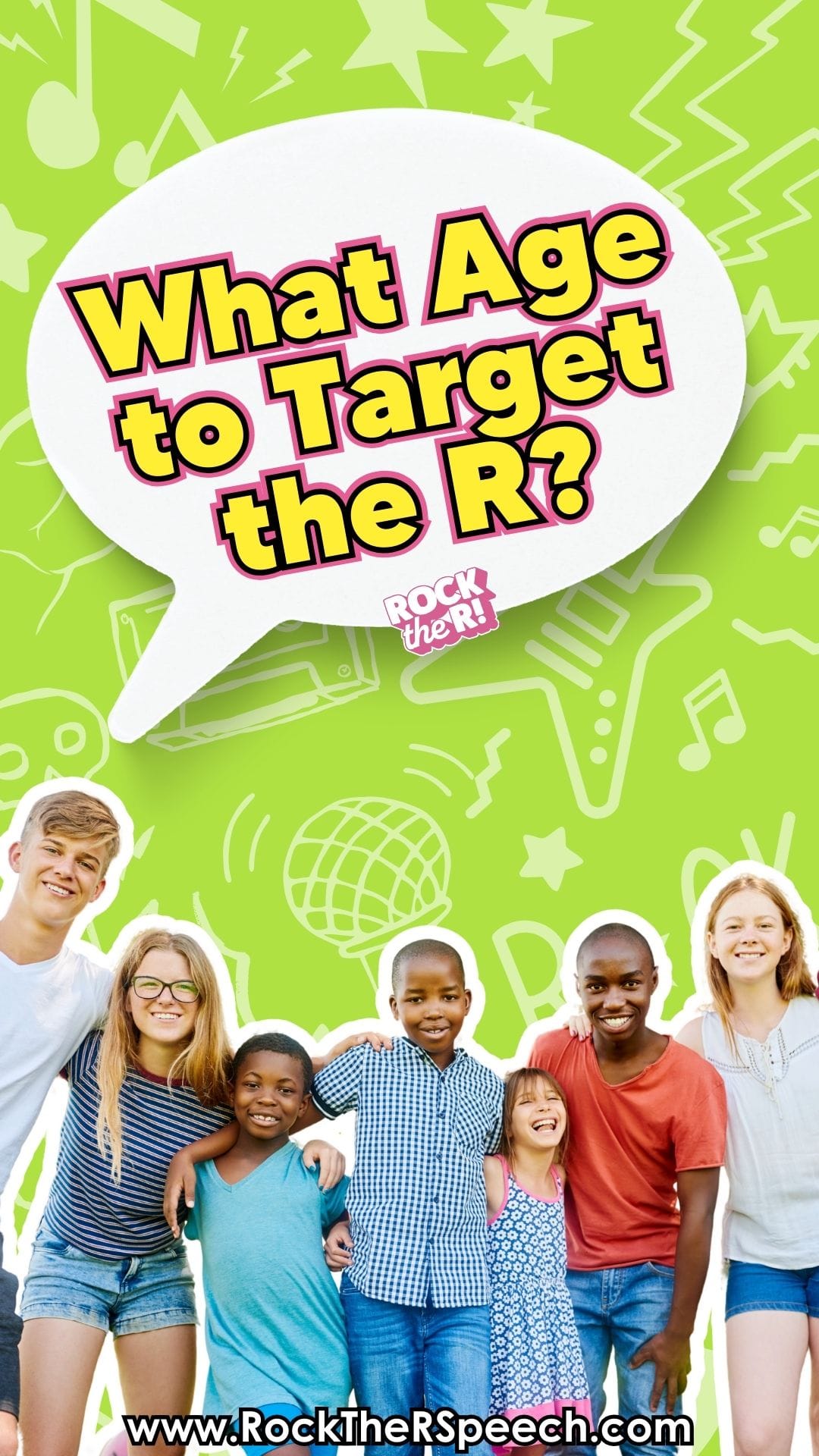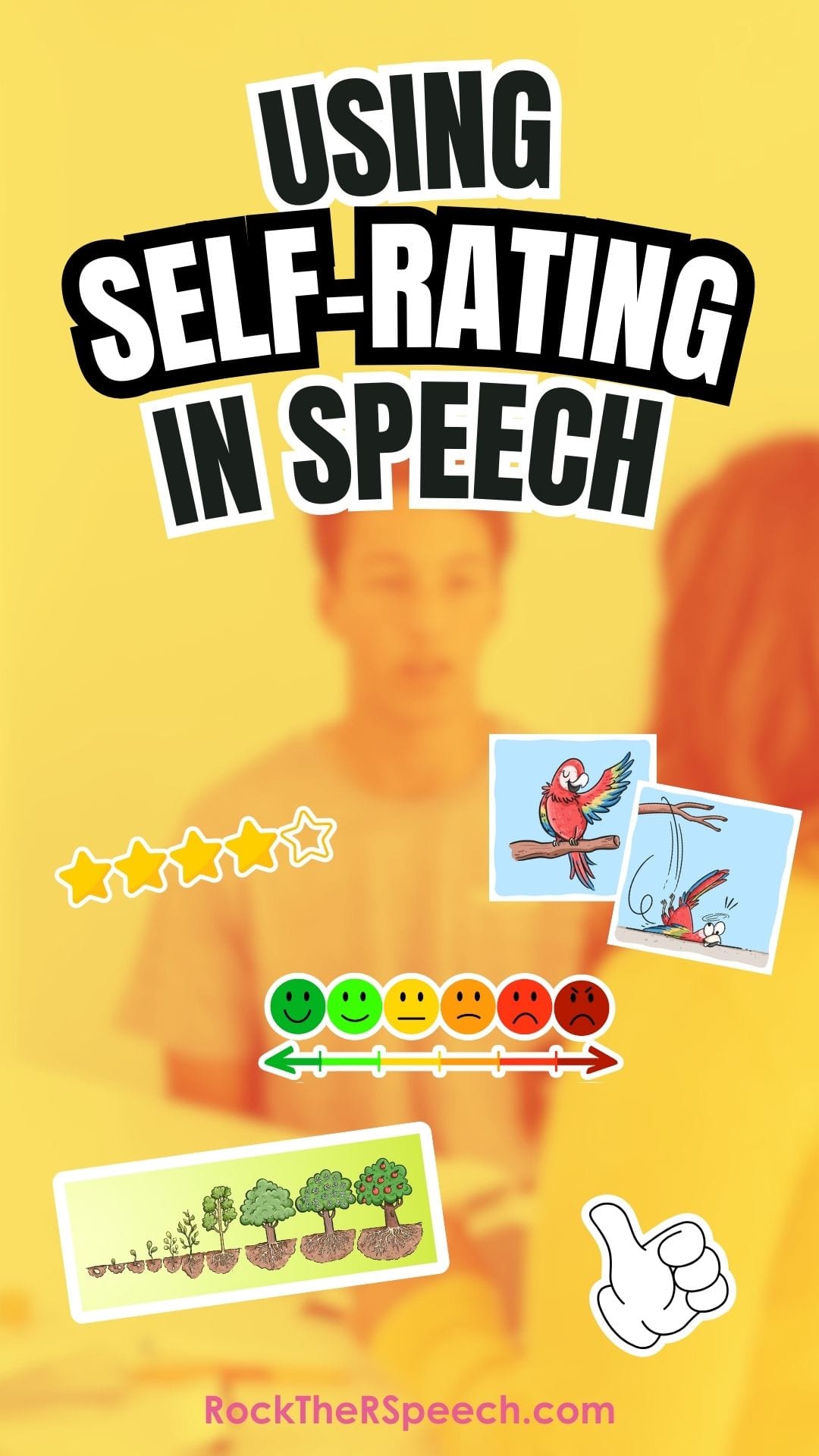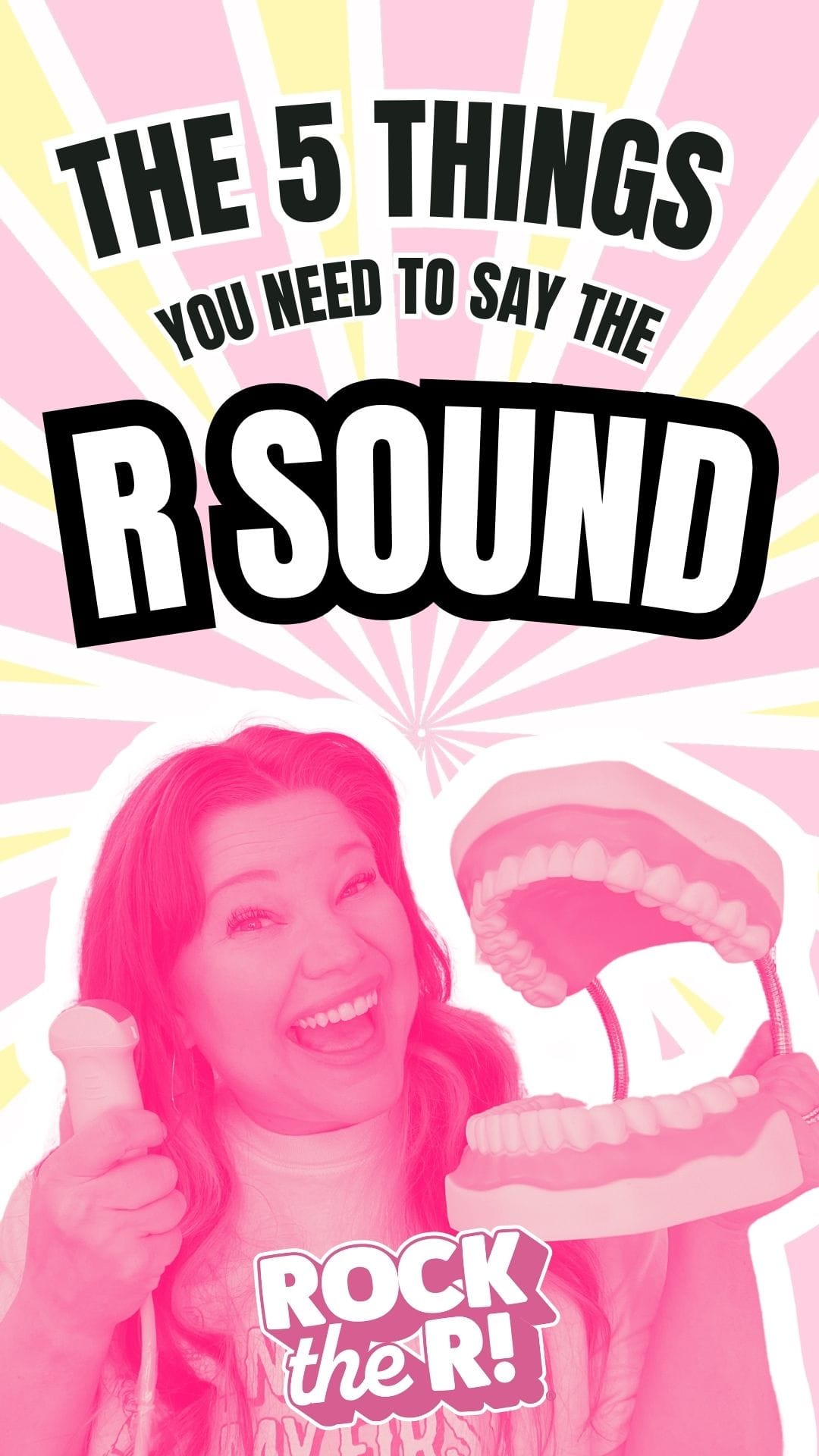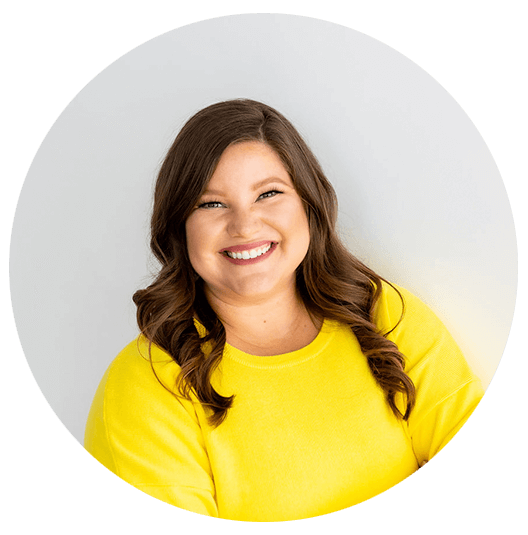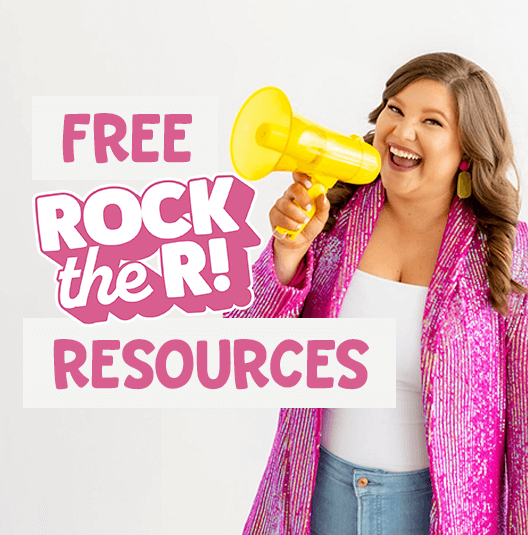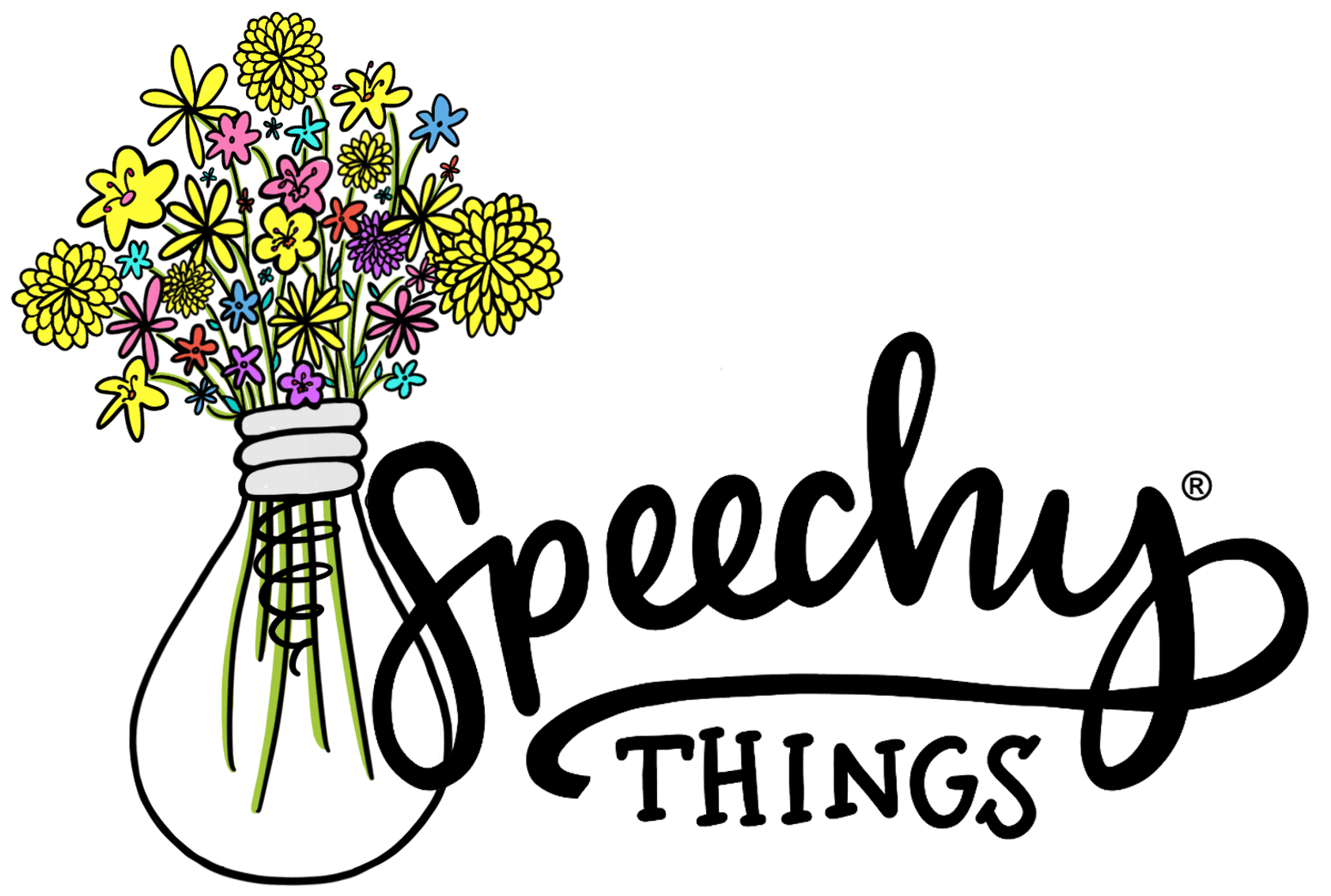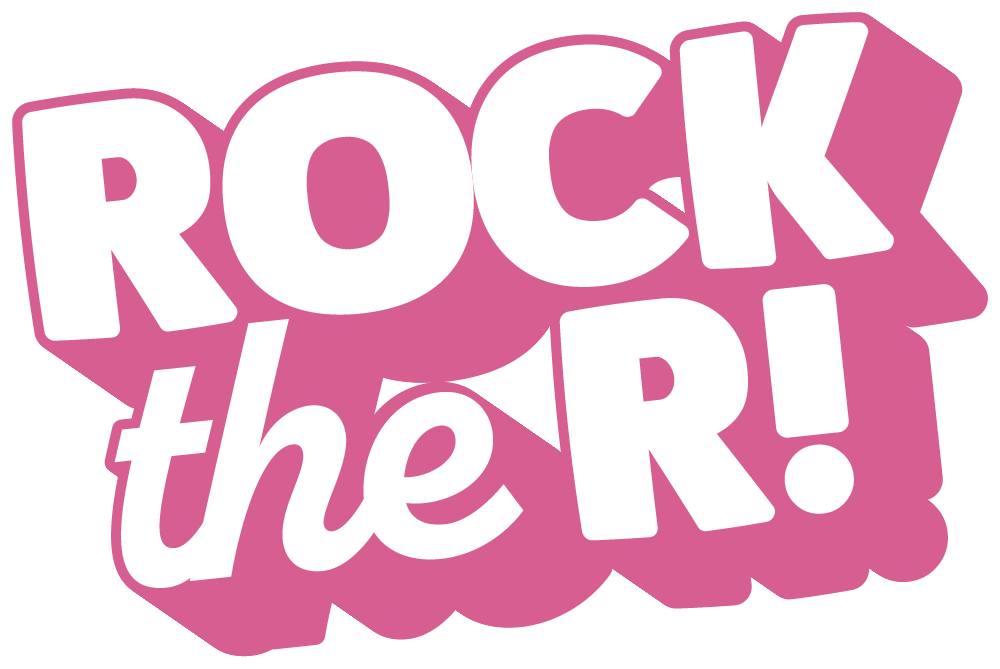Phonology and phonological impairments can be tricky to understand! Often, children with phonological issues are mistakenly treated using an articulation-based approach, which can slow their progress. When we choose the correct approach, we should see consistent—and sometimes rapid—improvement.
There are excellent tools to help you choose the right method for your specific student. Since I specialize in the R sound, today I want to focus on the minimal pairs approach, which I use frequently with my own caseload. Keep in mind that my private practice focuses solely on R. While minimal pairs aren’t the only approach for treating speech sound disorders, they are a solid, evidence-based strategy that’s especially useful and relatively easy to grasp. Let’s dive in!
What are minimal pairs?
Minimal pairs are pairs of words that differ by only one sound (phoneme). For example:
- cat & sat
- gear & deer
- rock & rot
Remember, in speech therapy, we focus on phonemes (sounds), not necessarily on how words are spelled.
WHAT IS MINIMAL PAIRS THERAPY?
Minimal pairs therapy is an evidence-based method for treating phonological disorders. It’s especially helpful for students who substitute one sound for another. A handy tip: if the student’s only error is the R sound, minimal pairs can be a very effective strategy.
WHAT IS GLIDING?
Gliding is a phonological process where a child substitutes a glide sound (W, Y) for a liquid sound (R, L). You’ve probably heard it before—those adorable kids who say “Mommy pwease weed to me” instead of “Mommy please read to me.”
WHAT ARE GLIDING MINIMAL PAIRS?
Gliding minimal pairs are word pairs where one word has a glide and the other has a liquid sound. Some examples include:
- rake & wake
- yack & lack
- rip & lip
In minimal pairs therapy, it’s crucial to choose pairs where both words are real and have distinct meanings. This helps children recognize the communication breakdown that happens when they confuse the two sounds.
HOW DO YOU IMPLEMENT THE MINIMAL PAIRS APPROACH?
Here’s a simplified step-by-step guide to get you started:
Step 1: Introduce
Show the child a minimal pair, using pictures for both words. Explain that the words sound almost the same but differ by just one sound—and that small difference changes the meaning completely.
Step 2: Discriminate
Say each word aloud and have the child point to the picture of the word they heard. This step helps them recognize the difference between the two sounds.
Step 3: Produce
Now it’s the child’s turn to say the words. This can get tricky with R if the child isn’t stimulable yet. Your goal is to help them produce a clear R sound so they can start practicing correctly.
A key element of minimal pairs therapy is the feedback you provide. When the child is correct, give plenty of positive reinforcement. When they make a mistake, use pragmatic cues—such as showing confusion with your facial expression or pretending there’s been a communication breakdown. This helps mimic a real-life situation where a listener might not understand them. Afterward, guide them to correct their error and repair the communication.
That’s all for today! I hope this post gives you a good starting point for using minimal pairs therapy with students who are gliding their R sounds. If you’re looking for a no-prep activity, check out my gliding minimal pairs Boom deck. And don’t forget to explore my VIP freebie library (sign-up required) if you need more R sound materials. Happy therapy planning!
You’ve got this!






